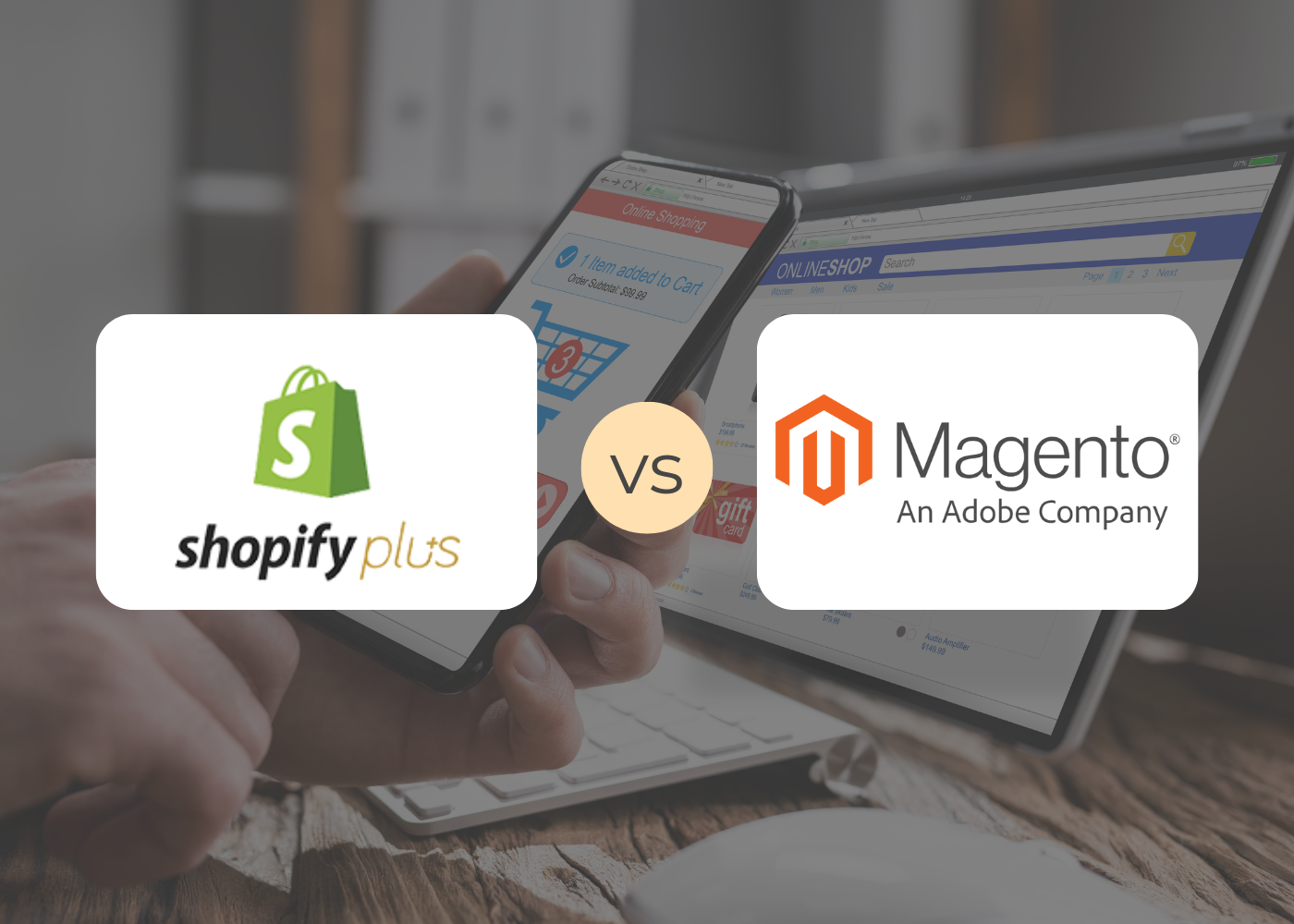Our eCommerce partners spend an inordinate amount of time maintaining their product catalogs. When it comes time to replatform, one of our most critical jobs as an agency is to strategize, gameplan, and execute a product migration that is considerate of our partners’ time and effort. Whether a catalog consists of ten SKU’s or ten thousand, a catalog is the lifeblood of every eCommerce store. Merchants should feel at ease and in control of their data, and our goal is to protect the hours they’ve invested in maintaining their catalogs.
Migration Begins With Planning
Ensuring a successful migration involves several steps of planning and discussion before a single byte of data is transferred. First, we make an assessment of a partner’s catalog as-is. Our process includes a detailed look at which product attributes are used, and whether or not there are any extensions or third-party dependencies that affect how their catalogs are constructed. We also pay special attention to product imagery and associated metadata. Through our analysis of these components, we can come to a holistic understanding of how a merchant interacts with a catalog on a daily basis.
Mapping your Data
After our initial catalog assessment is complete, we create an interactive mapping document that accounts for the product data structure in its current state, and how that data will then be constructed in its new state on the Shopify platform. At that point, we explain the idiosyncrasies and differences between the way both platforms manage product data. Along the way, we highlight some helpful information in Shopify’s world-class documentation regarding products and variants, tags, and metafields. From there, partners will feel empowered to make decisions about how they want to proceed.
Completing the Migration
During our development cycle, and depending on the needs of the project, we perform several small-scale migrations that allow our developers to use products from a partner’s catalog to complete frontend development. Using real-world examples gives our developers the opportunity to build the site using partner data while giving a merchant the ability to approve or make changes to the way products are mapped. Once we have full approval, we coordinate a complete migration of all products and associated data.
Over the course of many migrations, our team has developed several tools which automate and expedite the process wherever possible. From a technical perspective, our process involves interfacing with database snapshots, writing a few dozen SQL queries, and making use of our favorite NPM package, the beloved shopify-api-node module.
Migration Success
Successful product migrations are the result of a total team effort. It’s not exactly glamorous work, but getting it right is the most crucial part of an eCommerce replatforming project. Replatforming requires a two-way dialog that balances our understanding of a partner’s catalog with guided research conducted by the merchant. We can learn a lot about how a catalog is constructed through a migration while helping a partner understand the differences between how data is treated on their old platform compared to their new Shopify store.
Yes, migrations can be a daunting process, but after countless catalog migrations, we can safely call ourselves experts. It is our goal is to alleviate the complexity of a product migration from our partners and guide them in their digital journeys.
Check out some of our favorite migration resources here:
Ready to Start Your Shopify Project?
Do you want to build your eCommerce store on Shopify? Our team of Shopify experts are here to help. Let’s start your digital journey together!





